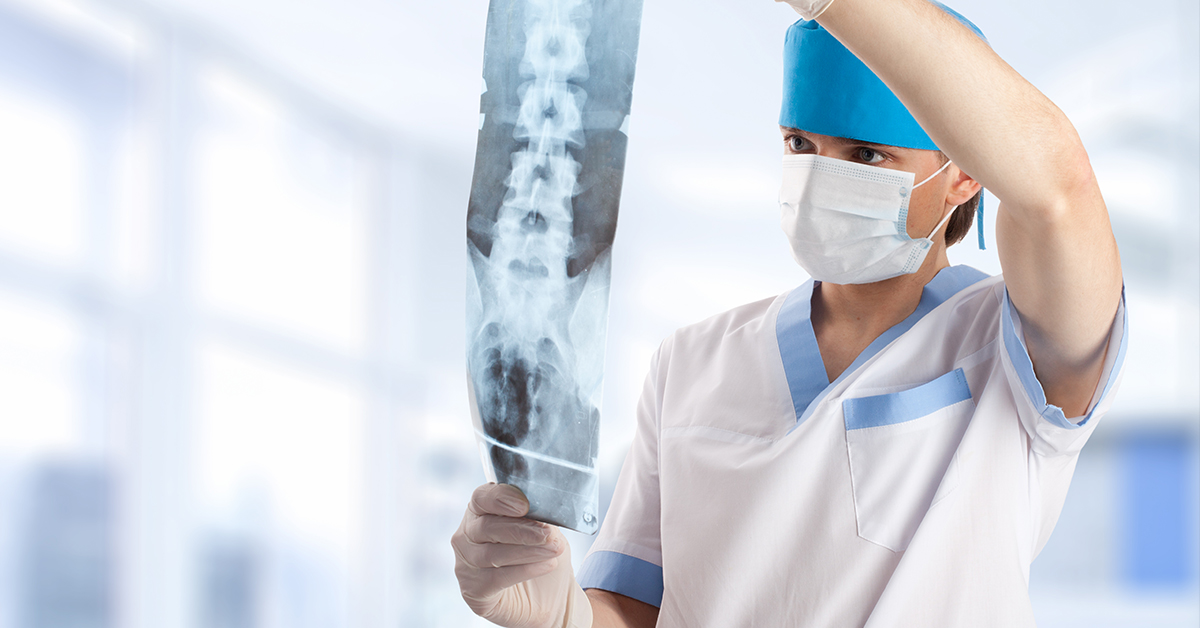The Current Advancements by the Best Spine Surgeons in St Louis MO
The Current Advancements by the Best Spine Surgeons in St Louis MO
Blog Article
A Summary of Spinal Column Conditions That Commonly Outcome in Surgical Treatments
Spine problems such as herniated discs, spinal stenosis, and degenerative disc disease regularly demand surgical interventions when traditional therapies stop working to relieve relentless symptoms. Comprehending the nuances of each problem and the matching medical options, such as discectomy or back combination, is crucial for reliable administration.
Herniated Discs
Although many people with herniated discs may locate relief via conventional therapies, surgical procedure ends up being an essential consideration when symptoms get worse or continue - best spine surgeons in st louis mo. A herniated disc takes place when the soft inner gel of a back disc protrudes via its outer layer, possibly leading and pressing nearby nerves to pain, numbness, or weak point in the extremities
Conservative administration generally consists of physical therapy, pain medicines, and corticosteroid injections, which intend to reduce inflammation and improve feature. However, in cases where these approaches fall short to ease incapacitating signs, medical alternatives may be discovered.
The most common surgery for herniated discs is a discectomy, which entails the removal of the herniated portion of the disc to eliminate stress on the influenced nerve root. In more severe cases, spine blend might be required to support the influenced vertebrae.
Patients are encouraged to review the potential dangers and advantages of surgical treatment with their medical care company to make an informed decision. Inevitably, the goal of any kind of medical treatment is to bring back function, relieve discomfort, and boost general quality of life for individuals dealing with herniated discs.
Spinal Constriction
Spinal constriction occurs when the rooms within the back narrow, bring about increased pressure on the spine and nerves. This condition can establish in various regions of the back, including the cervical and back locations, commonly as a result of age-related adjustments, such as degenerative disc illness, joint inflammation, or thickening of ligaments.
Clients with spinal constriction might provide with signs that include pain, numbness, prickling, or weak point, mostly in the arms or legs. These signs and symptoms can be intensified by tasks that involve standing or walking, commonly leading people to seek relief via traditional treatments like physical therapy, medications, or epidural steroid injections.
However, when these non-surgical treatments stop working to offer sufficient alleviation, medical options might be thought about. Typical surgical procedures for spinal stenosis consist of laminectomy, which involves the removal of part of the vertebra to relieve stress, and spinal blend, which stabilizes the damaged location. The choice to go after surgical treatment is normally based on the severity of signs and symptoms, the degree of useful impairment, and the total health of the individual. Prompt diagnosis and monitoring are important to prevent additional neurological concession and enhance lifestyle.
Spondylolisthesis
Spondylolisthesis happens when one vertebra slips onward over another, causing misalignment of the spine. This problem can arise from various variables, including congenital issues, trauma, or degenerative adjustments in the spine. It is most commonly observed in the lumbar region, particularly at the L4-L5 and L5-S1 degrees.

Therapy options vary based on the seriousness of the slippage and the signs and symptoms offered. Conventional actions, including physical therapy, pain administration, and activity adjustment, are typically the very first line of protection. When non-surgical approaches fall short to eliminate symptoms or when significant nerve compression is existing, medical treatment may be warranted. Surgical choices can include back blend or decompression procedures, targeted his comment is here at recovering positioning and minimizing neurological symptoms. Early medical diagnosis and ideal administration are vital for ideal outcomes in individuals with spondylolisthesis.
Degenerative Disc Disease

The condition can be diagnosed via a combination of scientific assessment, imaging research studies, and individual background. When these methods fail to offer appropriate relief, surgical treatments might be thought about.
Surgical options for DDD may consist of spinal blend or artificial disc replacement, intended at supporting the affected sector and alleviating discomfort (best spine surgeons in st louis mo). Inevitably, the option of treatment is individualized, taking into consideration the intensity of the problem, individual wellness, and lifestyle elements
Spinal Lumps

What variables contribute to the development of growths within the spinal column, and just how do they manifest in individuals? Spinal tumors can occur from different variables, including genetic tendency, environmental impacts, and pre-existing clinical conditions. They can be categorized as primary lumps, originating in the back, or secondary growths, which spread from other regions of the body. Individuals may offer with a series of symptoms, including localized pain, neurological shortages, weak point, or adjustments in digestive tract and bladder function, depending upon the lump's size and location.
Surgical intervention may be required to minimize symptoms, get a biopsy, or get rid of the lump entirely. The goal of surgery is usually to unwind neural components and stabilize the spinal column. Early detection and intervention are critical for optimizing outcomes in people with back tumors.
Final Thought
In summary, spinal column conditions such as herniated discs, back stenosis, spondylolisthesis, degenerative disc illness, and back tumors often demand surgical intervention due to their prospective to cause considerable discomfort and useful disability. While conventional treatments might supply short-lived relief, surgical options end up being critical when signs continue or get worse. Prompt medical diagnosis and intervention play an important duty in restoring function and enhancing the quality of life for affected individuals, highlighting the value of read this article detailed back treatment.

Report this page